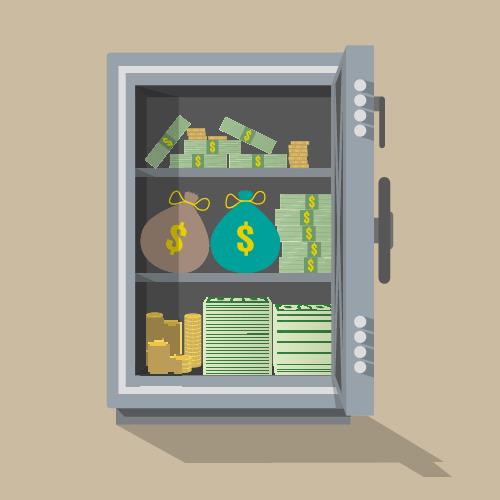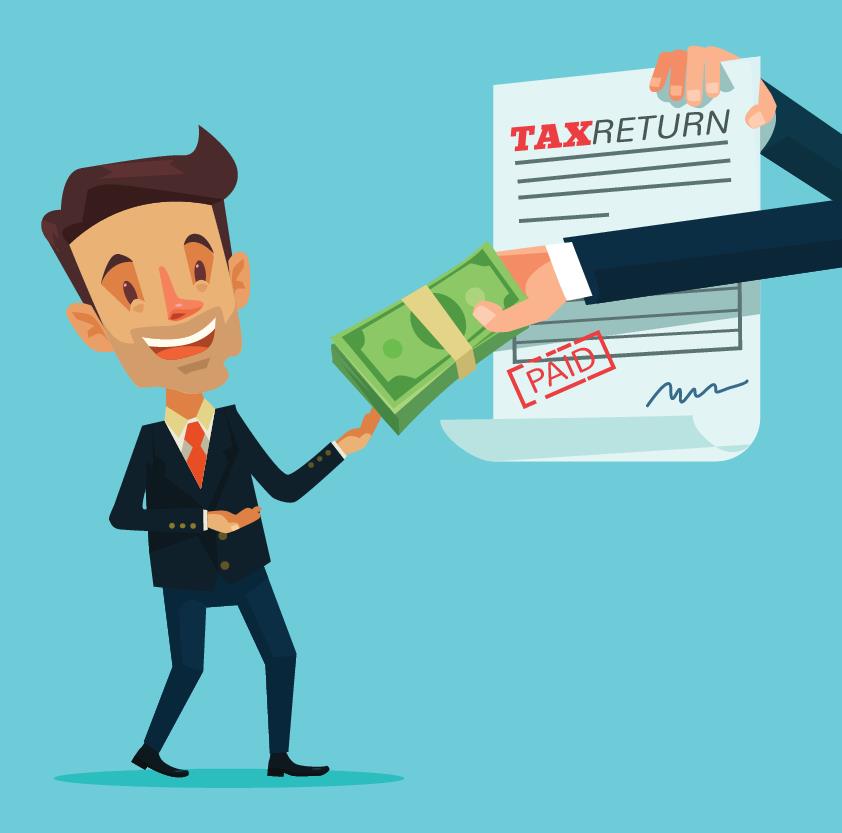A contingency or emergency fund is practically a reservoir of money kept aside to cover up for unforeseen circumstances or future expenditure. Because of uncertainties in our existence, we might have to face them with monetary assistance. Often, one might not be sure on how to build a contingency fund or how much to allocate in one. Read 5 Key steps to build and manage a contingency fund;
Stack it safe

For those who are intending to build a contingency fund must ensure that their contingency fund should be separate from your existing bank accounts. This would help in curbing the urge to utilise you contingency money. Don’t keep all the money in a savings account. You could also consider a flexi-deposit that banks offer. This will give you a rate of interest higher than the savings account but provide you with the liquidity. Also consider parking a portion of it in a liquid or short-term debt fund.
Track and pack the trash and build your stash

Our contingency fund usually constitutes of our savings which are a part of our income. Adding a part of our savings to our contingency fund is a monthly affair, however, it’s always a plus-point if we can add some more to it. To make this happen, one can get rid of the old things at home, for instance; old clothes, furniture etc., biting the dust by selling them and discontinuing the services that are not being used since a while and then contributing the money earned to their contingency fund. You can also track your expenses in the upcoming months and review if they are needed further or not and if not; you could use that money in your plan to build a contingency fund. This is also a way in which one can bolster their finances.
Calibrate to make it last late

When building a contingency fund, one must adhere to a time-frame. This is to ensure that one has adequate funds that will last during a rough patch. Since emergencies are usually heavy on the pocket and can last longer than expected; one should have enough in their repository so it could last longer and serve as a support during perilous times. Ideally, one must have enough money in their funds so it could last for a minimum of six months and cover all your requirements.
Invest to benefit the best

If you are an investor in equity-oriented mutual fund schemes, and want to take advantage of it to build and manage your contingency fund, you can plough your assets into Equity-Linked Savings Scheme (ELSS) which allows the investor for a tax exemption of Rs. 1.5 lakh under section 80C of the Income Tax Act.* So, you can actually save some part of your tax payment and use it to build your contingency fund.
Virtues of Discipline and Patience

These two are very important ingredients to achieve anything in life. Considering contingency fund planning to be an important financial goal, these two virtues should be religiously followed under all circumstances. Just like investing in any other mutual fund scheme that requires time for your money to multiply, building a contingency fund too, requires time. The only difference is that in any investment, there is a potential for your money to grow while building a contingency fund, your money does not grow but gets accumulated. Also, one must ensure discipline to look up to the contingency fund only as a last resort during emergencies and not to satiate whims and fancies.
However with time, discipline and patience, you can grow your contingency fund that can help you during your moments of need












































